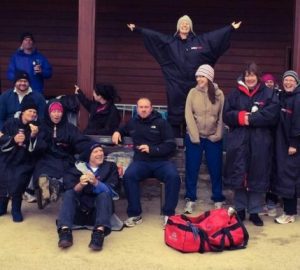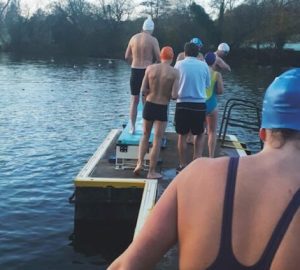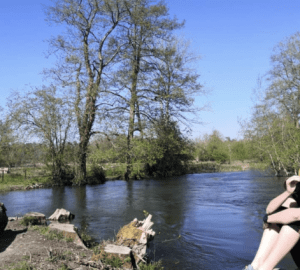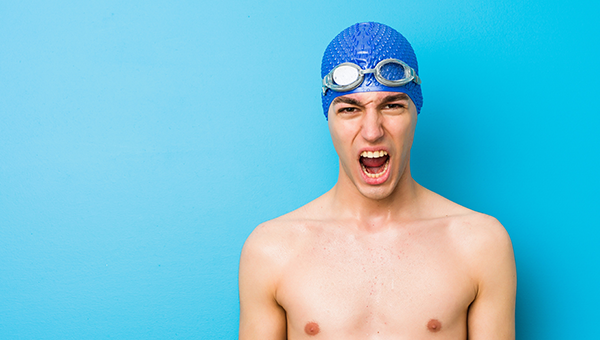
Should swimmers learn to embrace pain?
Jonathan Cowie chats to writer Linda Rodriquez McRobbie about how changing your relationship with pain can open you up to new experiences
Pain is bad, right? Take a pain killer, put on a plaster, pop an anti-depressant. Multimillion-dollar industries are founded on trying to make our lives as free as possible from physical and emotional pain. But pain isn’t that straightforward. For a start, how do we define pain? Stubbing your toe isn’t as bad as chemotherapy – which is different to cutting yourself, or giving birth, or a headache. And what about a broken heart? All these experiences are different, yet they are all classed as “pain”.
“The 21-st century world we live in can be characterised as an ‘analgesic culture’, one in which we work to avoid pain and distress,” writes Christopher Eccleston, director of the Centre for Pain Research at the University of Bath, in an article for the British Psychological Society. “When the avoidance of pain fails our first thoughts are that pain should be short-lived, diagnostically relevant, treatable, and a cause for empathy, sympathy or social assistance.”
But it seems that even with medical advances and safer homes and workplaces, we aren’t feeling less pain. The opposite in fact: in a 1980s study, Harvard psychiatrist Arthur Barsky warned that America was becoming more sensitive to pain. As our tolerance for discomfort decreases, our expectation to be comfortable increases.
Linda Rodriguez McRobbie is co-author of Ouch! Why Pain Hurts, and Why it Doesn’t Have To. The book challenges the notion that all pain is bad or harmful. “A lot of what we’re trying to do through the book is to encourage people to look at pain as an opportunity to get to know what your body is actually saying to you and to foster a better relationship with your body.”
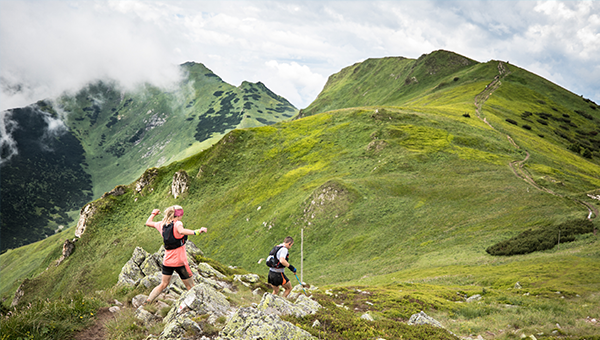
Embrace the pain of ultra-running
What’s your story?
In the book, the authors opinion is that everyone has their story about pain. It could be when you fell out of a tree, when you gave birth, or the emotional pain of a divorce. Linda’s pain story is giving birth to her second child without an epidural. My pain story is linked to the thinking behind the book. I was running an ultra-marathon and had just passed the 26-mile mark. I had another 29 miles to go. My legs were in so much pain that all I wanted to do was stop and lie down. But of course, I didn’t. I could feel the pain, but I also knew what my body was capable of. And then, having told myself this, the pain (mostly) disappeared.
One of the people Linda spoke to when writing the book was Tim Noakes, a physiologist on board with Lewis Pugh for his extreme Antarctic and Arctic swims. Noakes’s central governor theory is that the brain acts as a central governor, limiting our ability to push beyond perceived fatigue to ensure self-preservation. “It’s not exactly that it’s all in your head,” says Linda, “but it kind of is that it’s all in your head.” At that point in a race or challenge when your brain is saying ‘give up’, you still have more to give physically.
Rethinking your relationship with pain
Being open to pain, and using pain for pleasure, is something that swimmers are used to. “When Margee [Kerr, co-author of the book] and I first start talking about the book, it also seemed like a really good opportunity to rethink my personal relationship with pain,” says Linda. “I didn’t want to have another child. I didn’t want to get another tattoo. And so, sports seemed to be the best thing. At the time I was starting to think about ways to become active again. We were in the Lake District sitting in a pub looking out over the water as all of these swimmers were coming in from having swum the length of Windermere. And I remember looking at my husband and saying: ‘I want to do that; I want to do that right now.’”
So, Linda reframed the pain and fatigue from training until she was fit and strong enough to swim Coniston:
“Through the whole thing we had brilliant sunshine, torrential downpour, hail, wind, rainbow. It was really beautiful. I loved it.”
Embrace the pain
Pain from training is one thing, pain from cold water is a whole other world of pain for pleasure – interestingly, similar to the world of BDSM.
“Enabling conversations around sensation is just going to help you be better at identifying, dealing with and managing all kinds of sensations, both pleasurable and not, and being able to decide what is pleasurable or what is not pleasurable to you,” says Linda. “Anything that gives you more agency over your own experiences and your own perception, I think, is really going to help you.”
We are not suggesting that you need to get the whips out, but being open to pain can open up a whole new world of experiences: “Cold water swimming is fantastic provided you do it safely,” says Linda. “I definitely find that knowing physically that I can do something like that has made me more likely to do lots of other things that I didn’t necessarily think I was going to be able to do. I think that’s just invaluable.”
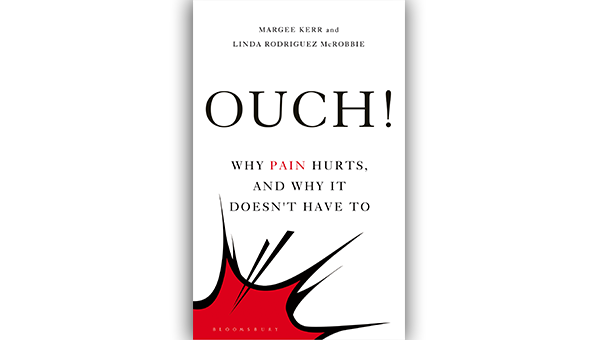
Ouch! Why Pain Hurts, and Why it Doesn’t Have To by Margee Kerr and Linda Rodriguez McRobbie is published by Bloomsbury Sigma






